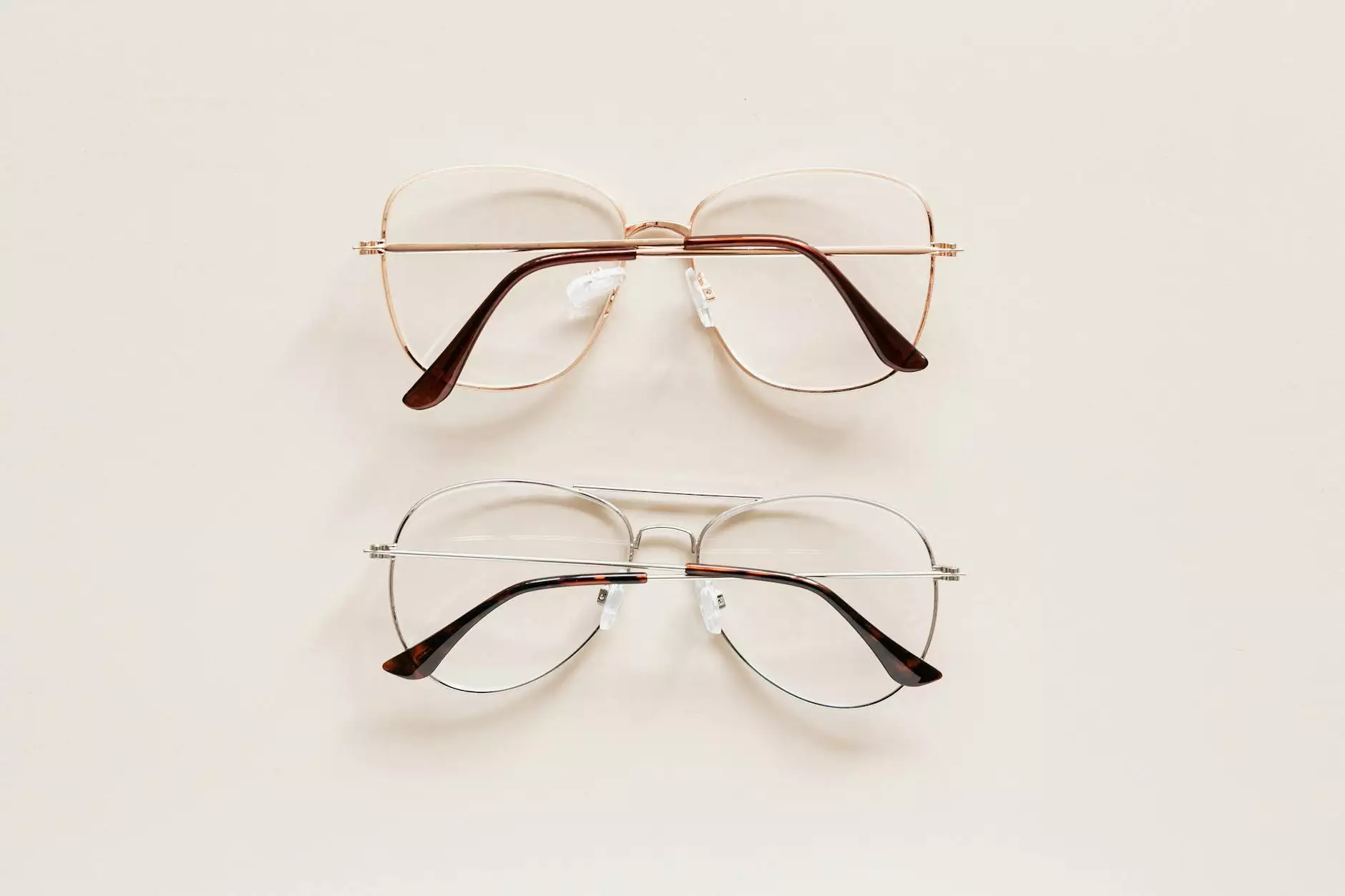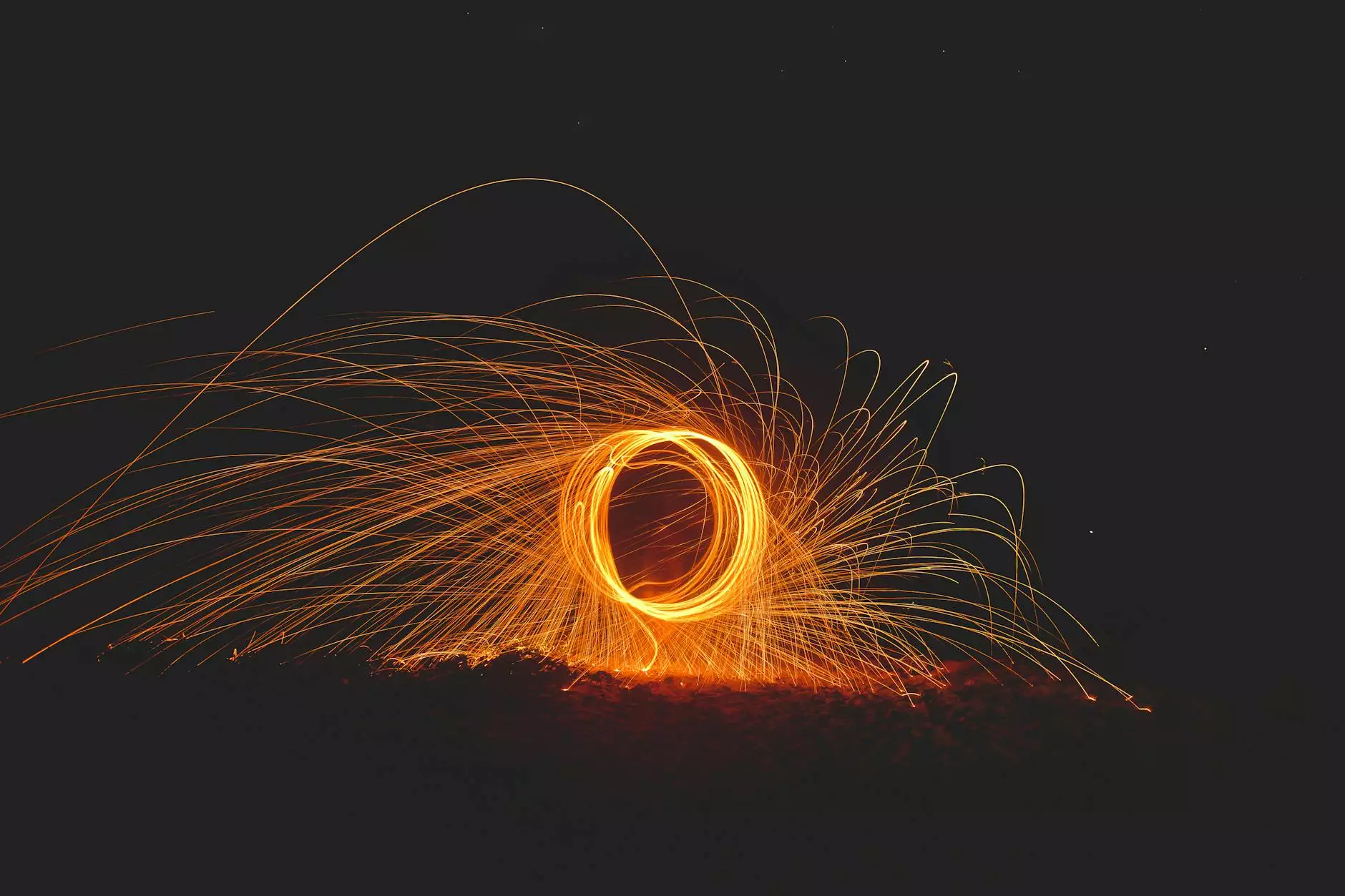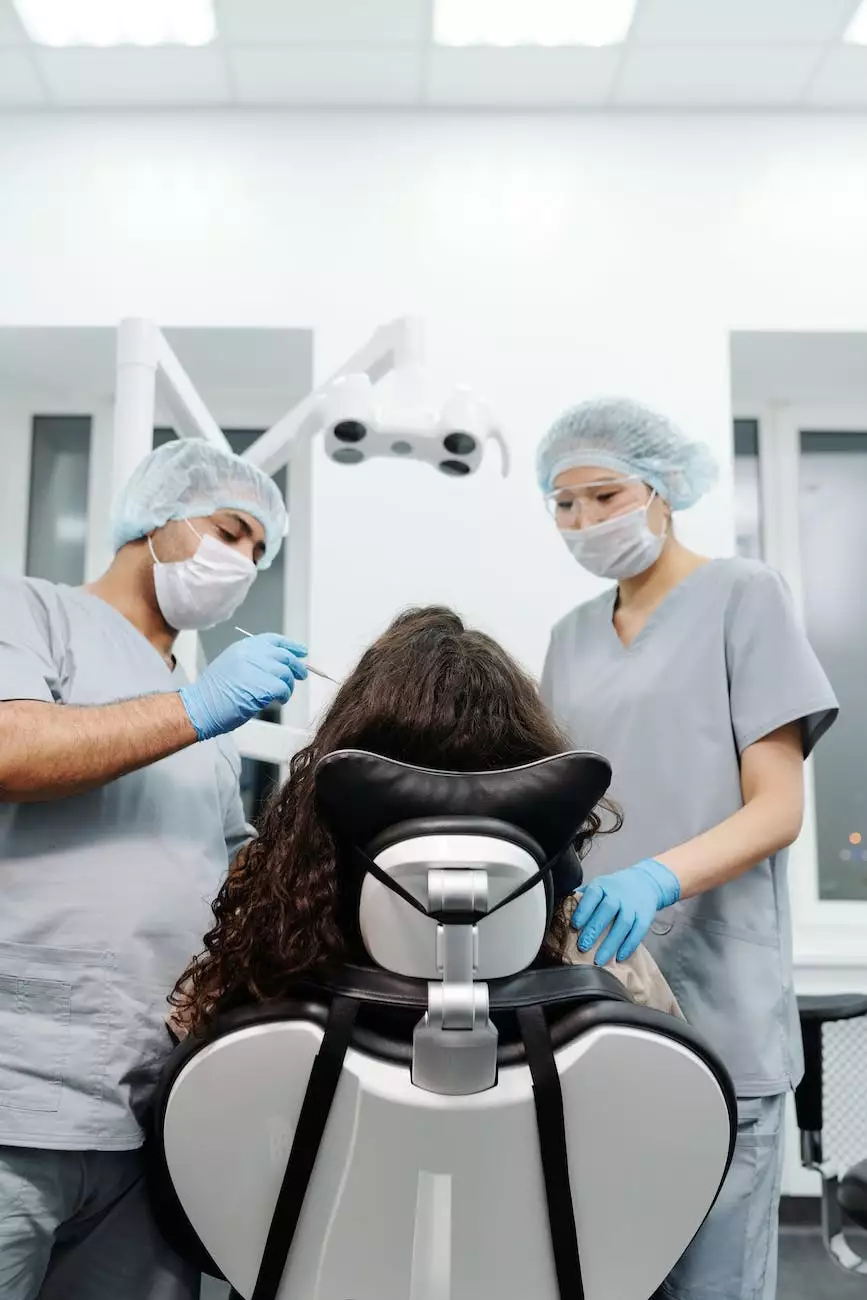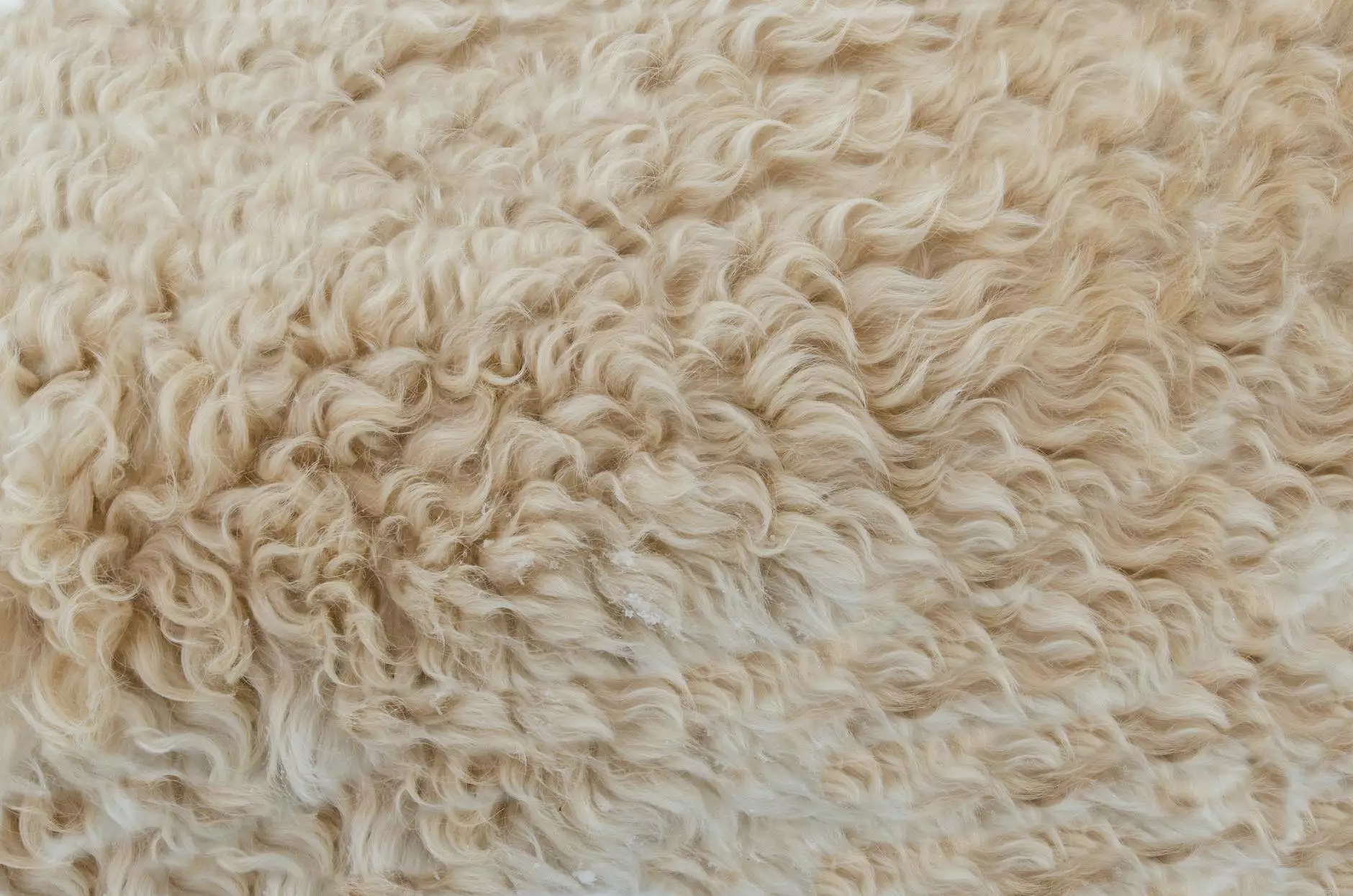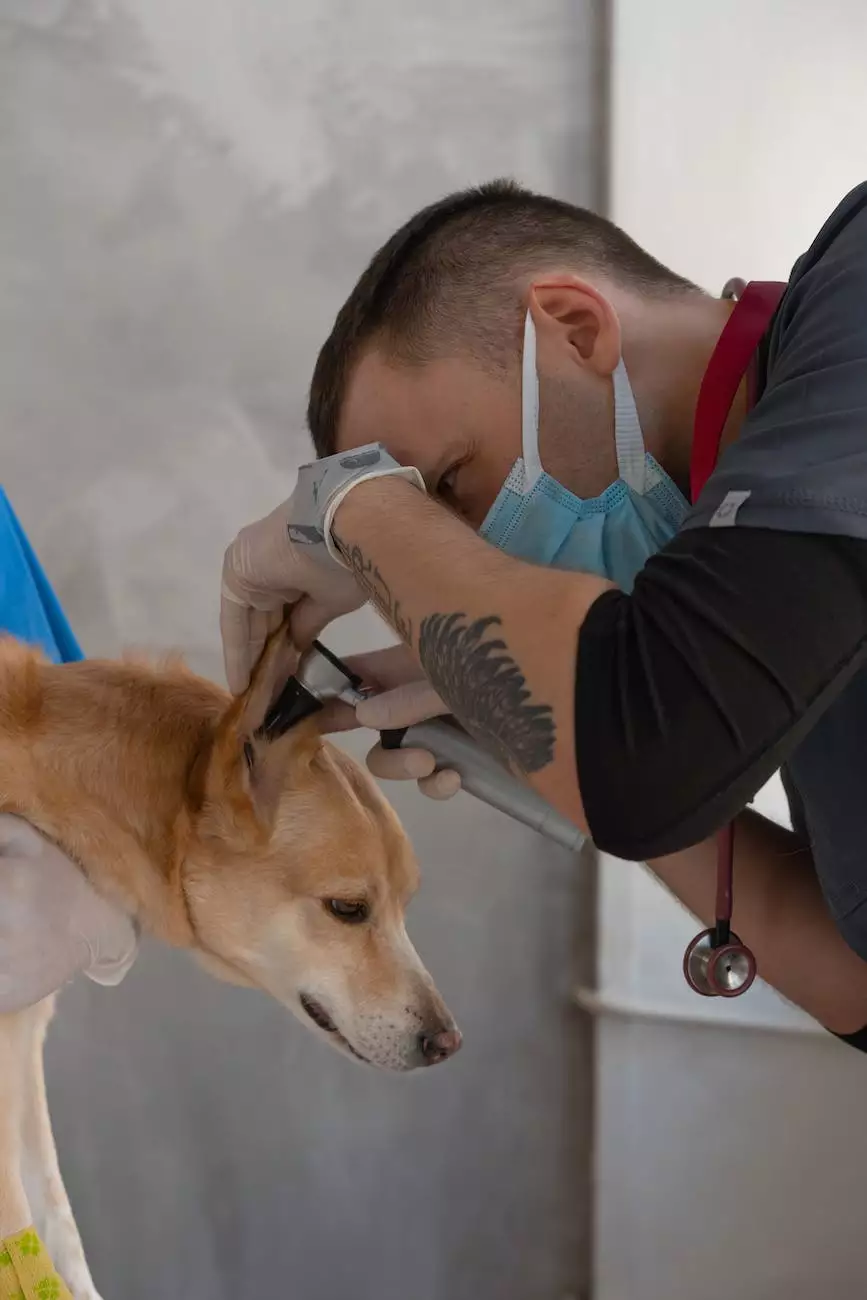Flushed Skin: Causes, Treatments, and Symptoms
Services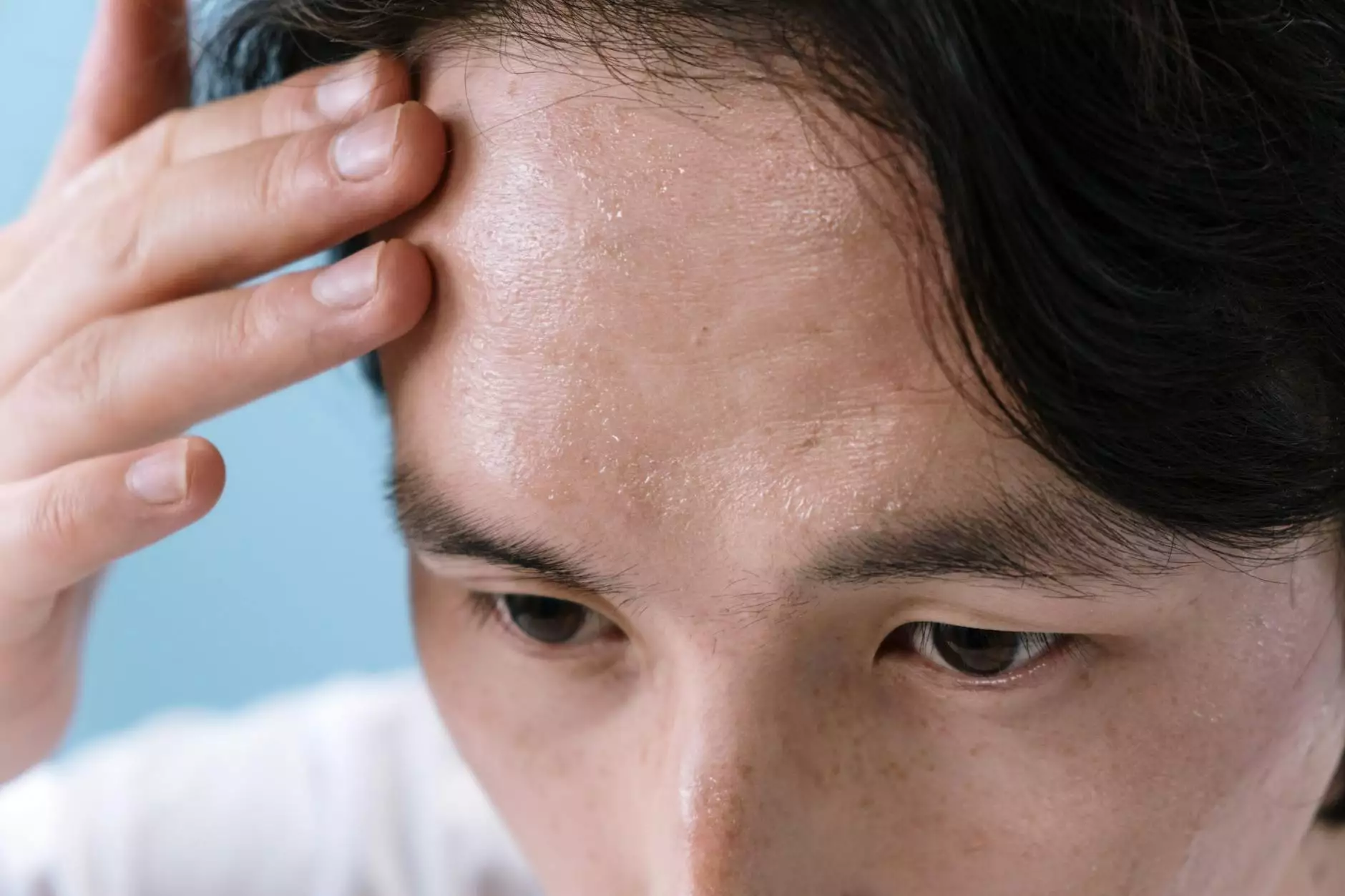
Welcome to Benjamin Shettell, MD's comprehensive guide on flushed skin. In this detailed page, we will explore the causes, symptoms, and effective treatments for this common dermatological condition.
Understanding Flushed Skin
Flushed skin, also known as facial redness or erythema, occurs when the blood vessels near the surface of the skin dilate, causing a reddish appearance. Flushing can sometimes be a normal response to external factors such as exercise, heat, or embarrassment. However, persistent or chronic flushing may be a symptom of an underlying condition that requires medical attention.
Causes of Flushed Skin
There are various potential causes for flushed skin, including:
- Temperature changes: Exposure to extreme temperatures or sudden weather changes can trigger flushing.
- Allergies: Allergic reactions to certain foods, medications, or environmental factors can result in flushed skin.
- Stress: Increased stress levels can lead to vasodilation and facial redness.
- Alcohol and spicy foods: Consumption of alcohol and spicy foods can cause temporary flushing due to their impact on the blood vessels.
- Rosacea: A chronic skin condition characterized by persistent facial redness, swelling, and the presence of visible blood vessels.
- Certain medical conditions: Flushing can be associated with certain medical conditions such as lupus, dermatitis, or systemic sclerosis.
Common Symptoms
Flushed skin is often accompanied by other symptoms, which may vary depending on the underlying cause. Some common symptoms associated with flushed skin include:
- Warmth or heat sensation in the affected area
- Itching or tingling
- Sensitive or burning skin
- Swelling or inflammation
- Pustules or acne-like lesions
Effective Treatments
Treatment for flushed skin depends on the underlying cause and severity of the condition. It is highly recommended to consult with a healthcare professional, such as Benjamin Shettell, MD, to accurately diagnose the cause of your flushing and determine the most appropriate treatment options. Some commonly used treatments include:
- Topical creams or ointments: Prescription-strength topical medications can help alleviate inflammation and reduce redness.
- Oral medications: In some cases, oral medications may be prescribed to control flushing or address the underlying condition.
- Laser therapy: Laser treatments can effectively target and reduce the appearance of visible blood vessels, improving overall skin tone.
- Lifestyle modifications: Managing triggers such as extreme temperatures, stress levels, and dietary factors can help minimize flushing episodes.
- Skincare routine: Implementing a gentle skincare routine, using products suitable for sensitive skin, can help soothe and protect flushed skin.
When to Seek Medical Help
If you experience frequent or prolonged episodes of flushed skin, it is crucial to consult with a healthcare professional. A dermatologist, such as Benjamin Shettell, MD, can accurately diagnose the underlying cause and develop a personalized treatment plan to effectively manage your flushed skin.
Remember, self-diagnosis and over-the-counter remedies may not provide long-term relief or address the root cause of your flushing. Seeking professional medical advice is essential for a comprehensive approach to your skincare needs.
Benjamin Shettell, MD, is dedicated to providing exceptional dermatological care, specializing in the diagnosis and treatment of flushed skin and various skin conditions. With extensive expertise and a patient-centered approach, Dr. Shettell offers comprehensive solutions tailored to your unique needs.
Contact Benjamin Shettell, MD today to schedule a consultation and take the first step toward healthier, clearer skin!

